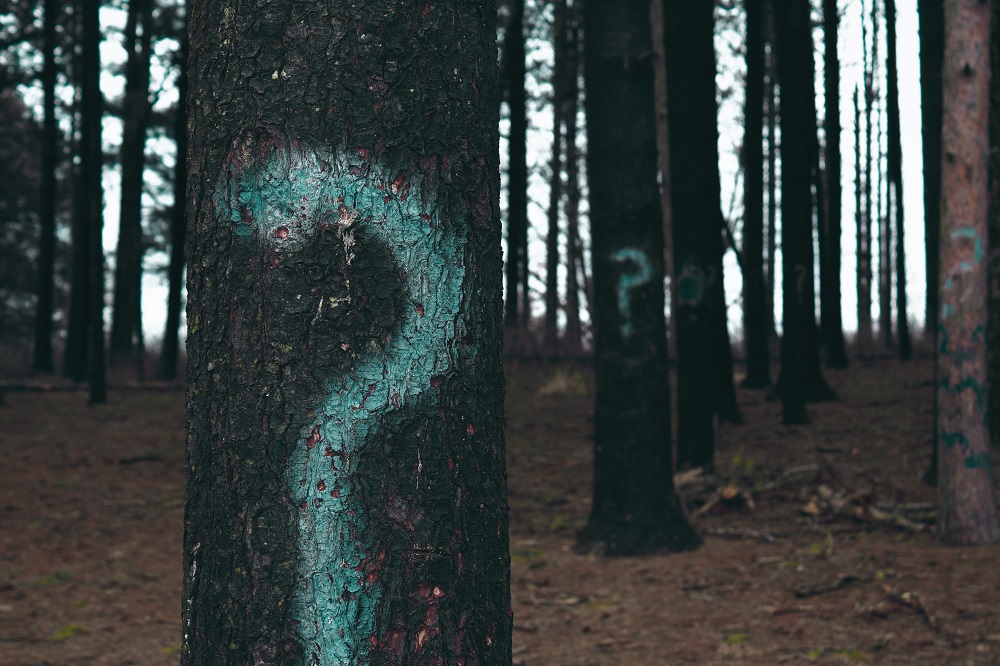Stock photography has been around since the 1920s when H. Armstrong Roberts started the first stock photography agency which concentrated on generic subjects that could be reused in advertising.
As the years evolved, it came with more acquisitions and mergers along the way, this growth has resulted in a much more competitive market, with many of the large micro stock agencies responding by lowering their licensing fees and payout percentages for stock photographers in an effort to hold onto their market share.

What is Stock Photography?
Stock photography is the practice of storing a collection of images in a database or vault like a cooperative, these images are referred to as stock photos. These photos/photographs are made available for free or sale through stock photo websites for commercial purposes, clients can look through when they need a picture for a blog post, a social media post, a magazine article, a pamphlet, book cover or anything else.
Stock photographers, the original creators of the images, submit their work to stock agencies. Stock agencies display the photographer’s work and sell it to customers using a licensing model. There are millions of great photos out there on stock photo websites. The key is to stand out from the crowd in some way so that your images will attract the attention of buyers.

What are the types of Stock Photos?
There are three main styles, each with different licensing rules:
1. Royalty-Free: These can be used multiple times once a license is purchased, with no time limit on exercising that usage. Unlike rights-managed images, there is no right to exclusivity with a royalty-free photo. Generally, the number of times a particular image can be used is built into the license, and this is called a “print run”.
2. Rights Managed: Depending on the usage, exclusivity, image size, and a handful of other factors, these licensed photos have a fluctuating value in the marketplace. If the buyer desires exclusivity, an image can be licensed with the agreement that another entity will not use the same image for competitive reasons.
3. Public Domain: These photos are free to use for any purpose, without purchasing a license. There’s no limit to how many times a person can use a public domain image.

What does Stock Photography do?
1. Commercial Use: Stock photos are used for any project where the goal is to generate profit. For stock photos to be suitable for this use they must have all rights cleared, including model and property releases.
Some of the most common commercial uses for stock photos are: Marketing & Advertising, Branding, Social Media & Online Presence, Artistic Productions & Creative Projects like Decoration, presentations, website design, your next marketing campaign, your business presentations, your social media posts, the banners and posters to decorate your store, a new t-shirt print to sell in your online shop.
2. Editorial Use: This implies using stock photos to illustrate or accompany editorial content, and not profitability directly. Such as: newspapers and magazines articles, broadcasted news reports, articles for magazines, blogs, textbooks, etc.
Editorial stock photos cannot be used commercially due to their rights not being cleared: images of large crowds of people, of famous landmarks and landscapes, of trademarked events, of celebrities and recognizable people, etc. where model and property releases are absent.
If you were to use any of those photos commercially, you would need to have those rights cleared first.
Remember to share this article if you found it helpful
Thanks for reading
Don't waste your time on tactics that don't work
Discover the right channels and strategies for social media success in 2022 with this free guide!
Complete the form below and I'll send it right over to you.
Thank you!
You have successfully joined our subscriber list.
Related




